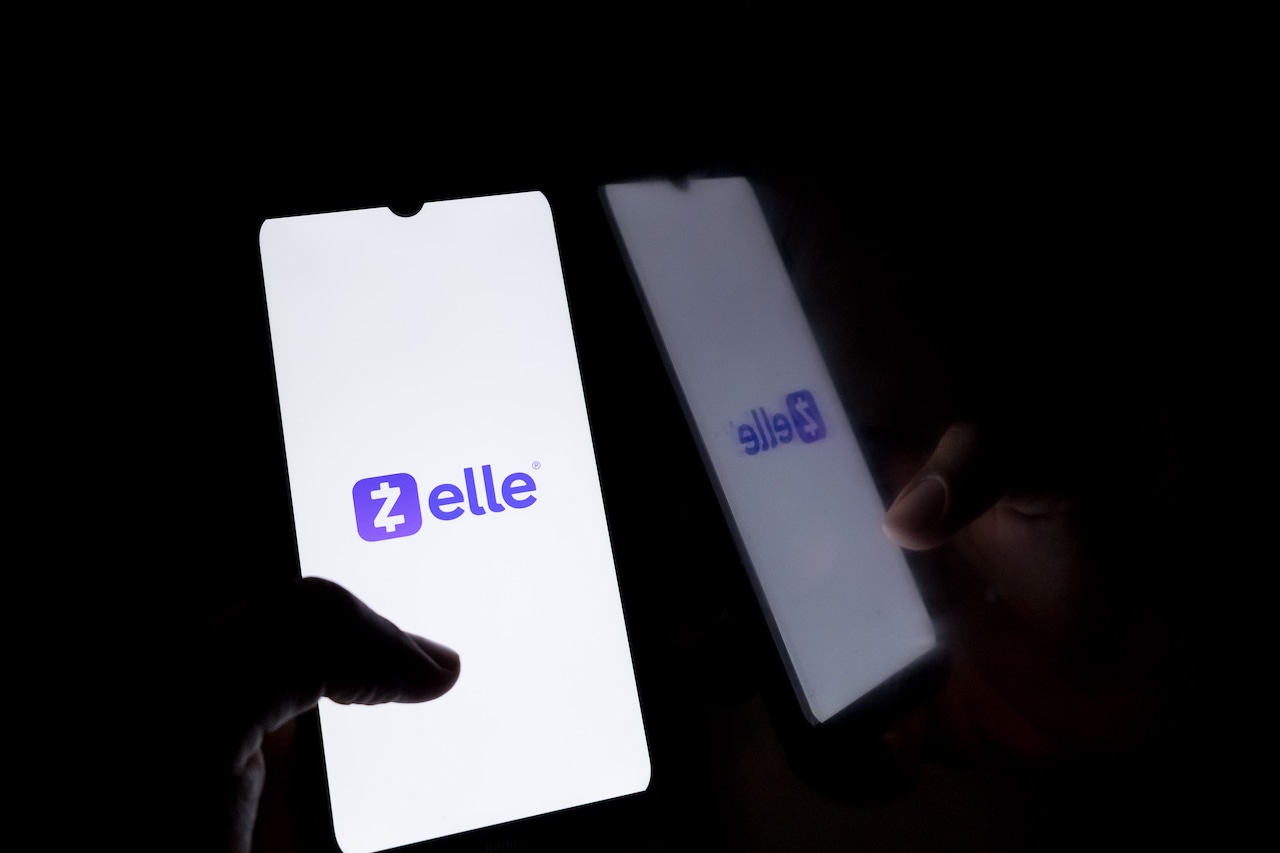Millions of users of the popular payment app Zelle can no longer access the standalone platform due to a change in company policy. Starting April 1, Zelle now requires users to enroll for its service through a bank or credit union if they desire to send and receive cash transfers
Users can only access the Zelle platform by belonging to a bank or credit union that offers Zelle through the financial institution’s own app. Zelle reports that more than 2,200 banks and credit unions offer its service through their own apps.
“If you are a standalone Zelle app user and previously received money from someone through Zelle, you may need to let them know that you won’t be able to receive payments until you enroll with a bank or credit union that offers Zelle,” reads a notice on the Zelle website.
Users who already access Zelle through a banking app do not need to make any changes to how they currently use the platform.
The decision to drop the standalone app comes at a time when Zelle appears to be as popular as ever. In February, the company confirmed it had 151 million enrolled users in 2024 and that more than $1 trillion was sent between users. Zelle says that is the most money ever sent by a person-to-person payment service in a single year.
“Zelle is not just a popular way to send money, it’s a vital tool that’s transforming how money moves across America,” said Denise Leonhard, general manager of Zelle at the time. “It is the go-to peer-to-peer payment method for millions of hardworking Americans, and this milestone is a testament to the trust they place in us every day. We remain intently focused on expanding access to Zelle because it unlocks opportunity for individuals, small businesses, community banks, and credit unions.”
